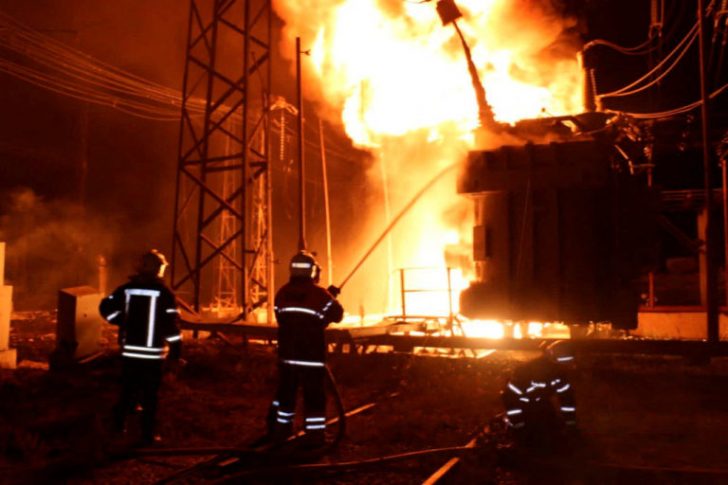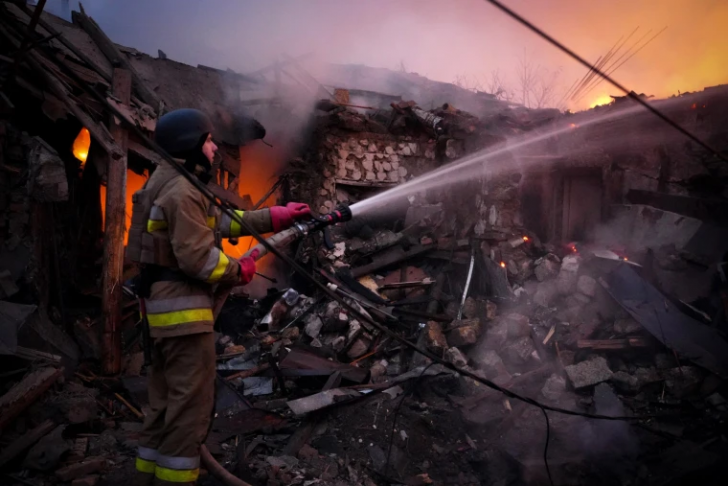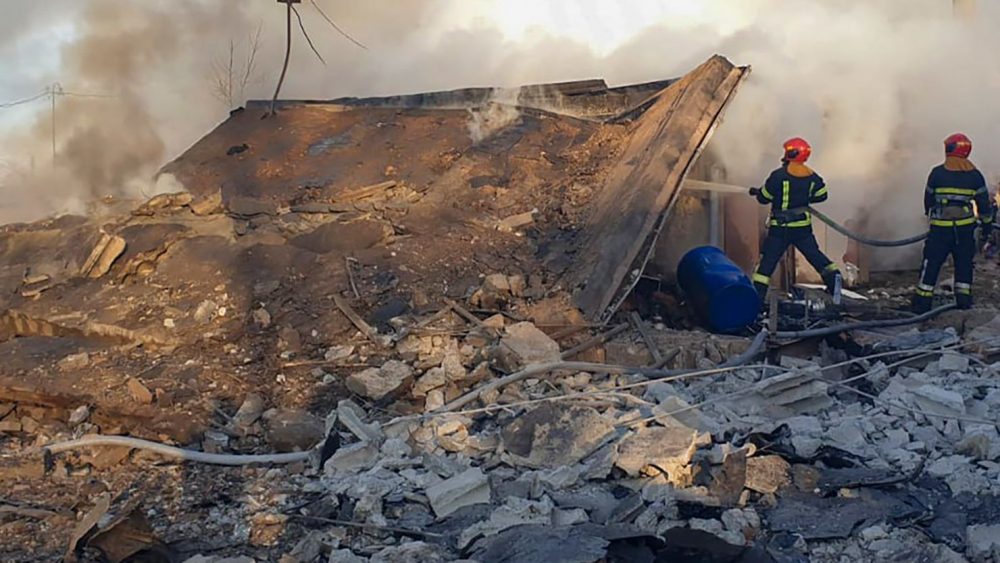On October 22, 2025, Russia launched one of its largest attacks yet on Ukraine’s energy system. Missiles, drones, and fighter jets hit energy infrastructure across key regions, including Kyiv, Odesa, and Chernihiv. Just hours later, emergency power cuts rolled out across most of the country.
This was a coordinated, targeted assault aimed at pushing Ukraine’s grid to the breaking point. The result? More than 100,000 people in the north and east were left without power, with cities like Shostka in total darkness. No lights, no heat, no water. Just the hum of diesel generators and the ticking clock of a long, cold night.

E Online / In places like Chernihiv and Sumy, the damage was especially brutal. These border regions have always taken the brunt of the fighting. Chernihiv alone saw 140,000 customers cut off from electricity.
In Shostka, water and gas were also out. Life became a waiting game, with limited electricity available only in short, rationed windows.
The pattern of attacks shows a troubling shift in Russian tactics. Instead of hitting the whole grid to create rolling outages, Russia is going local. They are isolating eastern and northern areas from the rest of the grid, making it nearly impossible to send power where it is needed.
When transmission lines get hit, even functioning power stations can’t help.
Russia is using "double-tap" attacks now. First, they hit the target. Then, once the repair crews show up, they strike again. It is ruthless. Drones also hang around overhead, circling like vultures, making it dangerous for anyone trying to restore the damage.
The UNHCR warns the crisis is about to deepen, especially with winter approaching.
Then there is the economy. No power means no production. Factories stop, services freeze, and costs skyrocket. Inflation, already an issue, is now worse. Businesses are paying more to operate on backup generators, and many can’t function at all. These attacks aren’t random. They aim to cripple Ukraine’s exports and weaken the industries funding its defense.

GTN / People who depend on electricity for survival, like those using medical equipment, are at serious risk. Hospitals are stretched, homes are cold, and many are being forced to leave frontline towns just to stay alive.
How Is Ukraine Responding?
Ukraine isn’t waiting passively. Across the country, energy workers continue to risk their lives repairing damaged infrastructure. Crews often return to the same shattered substations and power lines, working under drone attacks and shelling. The government is responding with both defense and counteraction—pressing allies for more air defense systems while launching long-range strikes on Russian facilities linked to drone and missile production.
President Zelensky is calling on allies to act fast. Ukraine has listed 203 critical infrastructure sites that need immediate protection, most tied to power, water, and gas. Without help, these sites are vulnerable to more attacks. Zelensky is also asking for more parts and gear to help rebuild the damaged grid.
The international response will be key. As Ukraine braces for more attacks, support in the form of air defense, power equipment, and reconstruction help could mean the difference between survival and collapse. With Russia stepping up its assault on basic services, time is running out.

